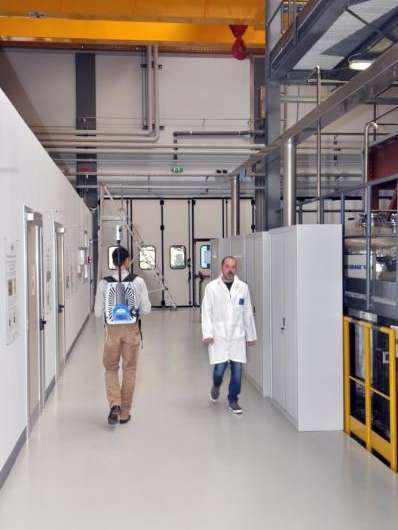JRC wins competition on indoor localization

A team of JRC researchers outperformed 27 teams from academia and industry across the globe and achieved best overall result at a competition on indoor localisation in Seattle, USA. Providing accurate position information on people and objects indoors, where GPS signals are not available, has been a challenging research topic over the last decade and there is not yet a large-scale commercial deployment in this field.
During the competition, the JRC used its in-house developed Sensor Tracking and Mapping (STeAM) system, a portable device which uses a 3D laser scanner that acquires 10 frames per second as the user explores the environment. The on-board software processes the 3D data providing the current location and a map of the environment in real-time. Patent application for this technology has been recently submitted.
The JRC developed STeAM for nuclear safeguards applications to provide location information inside nuclear facilities. It can allow nuclear inspectors to associate all measurements and observations made during an inspection with the corresponding location inside the nuclear facility and thus facilitate subsequent analysis and future inspections. Furthermore, by comparing the 3D maps generated at two subsequent facility inspections, STeAM highlights structural changes.
The competition, organised annually by Microsoft, gathers teams to evaluate the performance of their respective localisation systems. The competition is carried out in two categories, involving infrastructure-based systems which require installation of equipment such as radio emitters in the environment and infrastructure-free systems which rely only on sensor readings.
The JRC competed in the infrastructure-free category, where it came first, with a localisation error of 0.2 m, which also surpassed the best result in the infrastructure-based category, in which the winner had a localisation error of 0.31 m.
Provided by European Commission Joint Research Centre




















